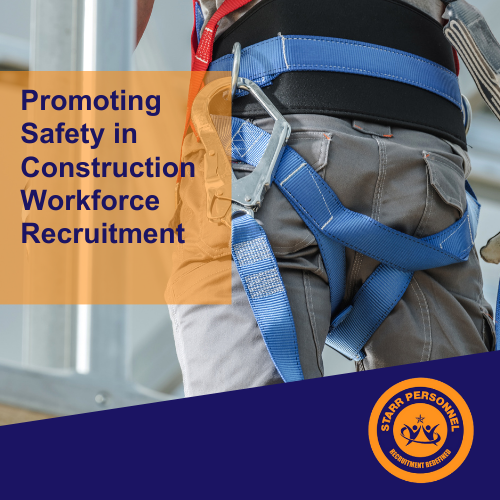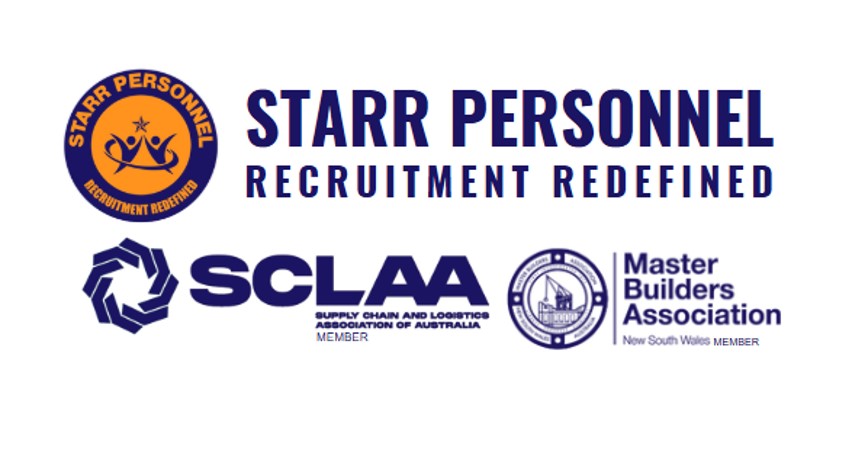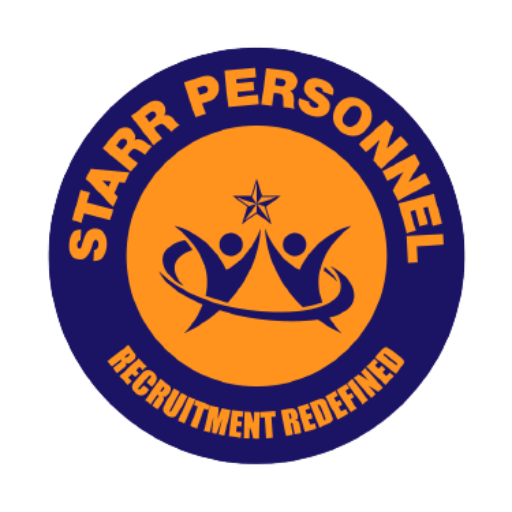Promoting Safety in Construction Workforce Recruitment

Safety is paramount in the construction industry. With the inherently risky nature of construction work, ensuring a safe and well-trained workforce is not just a legal obligation but a moral imperative. However, promoting safety begins long before workers set foot on the construction site. It starts with the recruitment process. In this article, we will explore how construction companies can prioritize safety in their workforce recruitment strategies.
Promoting Safety in Construction Workforce Recruitment
Safety is paramount in the construction industry. With the inherently risky nature of construction work, ensuring a safe and well-trained workforce is not just a legal obligation but a moral imperative. However, promoting safety begins long before workers set foot on the construction site. It starts with the recruitment process. In this article, we will explore how construction companies can prioritize safety in their workforce recruitment strategies.
Safety Training and Certifications
To promote safety from the outset, construction companies should prioritize candidates with relevant safety training and certifications. Look for individuals who have completed Occupational Safety and Health Administration (OSHA) courses or hold safety certifications specific to the construction industry. These qualifications demonstrate a candidate’s commitment to safety and their knowledge of best practices.
Behavioral Assessments
Incorporate behavioral assessments into your recruitment process. These assessments can help identify candidates with the right attitude and behavior towards safety. Look for candidates who exhibit a strong safety mindset, including a willingness to follow safety protocols, report hazards, and prioritize safety over shortcuts.
Safety-Oriented Interview Questions
During interviews, ask candidates about their approach to safety. Inquire about their experiences with safety incidents and how they’ve contributed to safety improvements. Encourage candidates to share examples of how they’ve taken proactive measures to prevent accidents in their previous roles.
Reference Checks
Contact references to gain insight into a candidate’s safety record and practices. Ask former employers or supervisors about the candidate’s safety performance, whether they consistently adhered to safety guidelines, and if they actively contributed to a culture of safety on the job.
Cultural Fit
Assess a candidate’s fit with your company’s safety culture. Every construction company should have a strong safety culture, and new hires must align with it. Evaluate whether a candidate’s values and approach to safety match your company’s expectations.
Ongoing Training and Development
Once hired, ensure that safety training and development continue throughout an employee’s career. Regularly update safety protocols and provide opportunities for ongoing education. A well-trained and informed workforce is better equipped to maintain a safe working environment.
Safety Leadership
Promote safety leadership within your organization. Encourage employees to take on safety leadership roles, where they can help shape safety policies, conduct safety training, and serve as safety mentors to new hires.
Prioritizing safety in construction workforce recruitment is not only an ethical choice but a strategic one. A safety-focused approach not only reduces the risk of accidents and injuries but also contributes to a positive company culture, higher productivity, and better project outcomes. By integrating safety training, behavioral assessments, safety-oriented interview questions, reference checks, and ongoing training, construction companies can build a workforce that is not only skilled in their trade but also committed to safety at every step of the way. In doing so, companies can foster a culture of safety that benefits both their employees and the industry as a whole.

